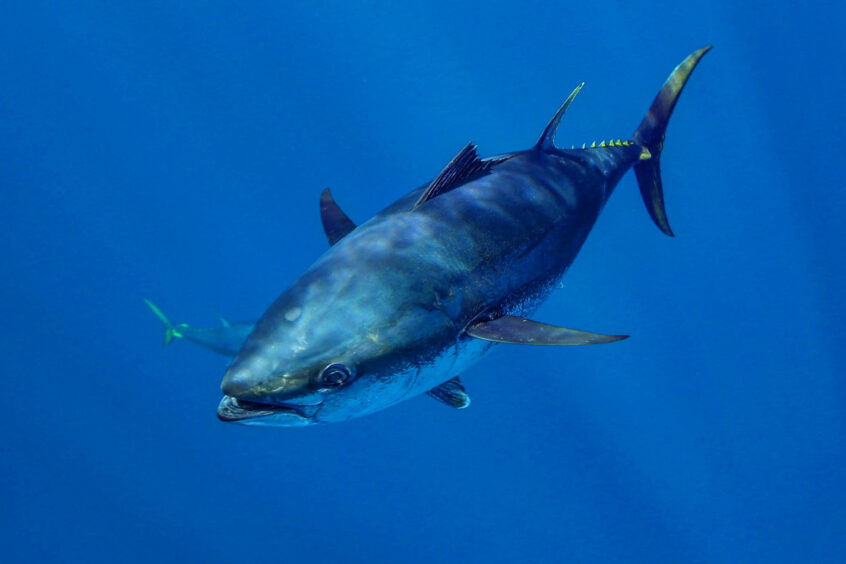
Harbour Energy (LON:HBR) is seeking a floating production storage and offloading (FPSO) unit for its Tuna oil and gas development offshore Indonesia in the Natuna Sea.
Premier Oil, now a Harbour company, has launched a prequalification tender to select contractors for the provision of front-end engineering and design (FEED) services, as well as an FPSO.
“Premier Oil Tuna BV is looking for qualified and experienced contractors to perform Front End Engineering Design (FEED) and a leased and operated FPSO (Charter Party Contract) for the Tuna PSC,” the company said in a recent tender announcement.
“The Charter Party Contract will cover all activities related to the complete lifecycle of the FPSO, including without limitation, the detailed design, procurement, fabrication, integration, installation, commissioning, operation and eventual decommissioning of the FPSO. The planned FPSO process capacity is 135 mmscfd of gas and 30,000 bpd of liquids,” according to the announcement.
Following a successful appraisal campaign Harbour and its Russian partner Zarubezhneft are targeting final investment approval to develop the Tuna Block offshore Indonesia in 1H 2023 with first production planned in 2026.
The Tuna project looks economic to develop with a breakeven price of less than $25 per barrel of oil equivalent (boe), Harbour said previously.
Under the project proposal, dry gas will be sold to Vietnam, while liquids and condensates will be sold to market via an FPSO.
Harbour Energy and its Russian partner Zarubezhneft are targeting development of more than 100 million boe with peak production expected at 40,000 to 50,000 barrels of oil per day (boed). Of that 55% is expected to be gas and 45% liquids.
Total capital expenditure and operating expenditure are estimated to be around $20-22/boe over the life of the project.
In September, Energy Voice reported that Harbour is close to finalising a supply deal with Vietnam for natural gas from its proposed Tuna gas development in the Natuna Sea offshore Indonesia.
Harbour envisages using a new cross-border pipeline to connect the Tuna area to the existing Nam Con Son pipeline system in Vietnam. The field lies a long way from domestic market infrastructure in Indonesia, but only around 15kms from the border with Vietnam.
Recommended for you

